The line that separates Humanity from Barbarism has been Crossed
Simon Elmer takes aim at the Holocaust Film Industry
How can this tragedy advance my cause?
How can this suffering advance my cause?
How can this fear advance my cause?
How can this body pile advance my cause?
-Behind Enemy Lines, Advancing The Cause
Dear Nevermorons,
I don’t know about you, but I suspect this picture will go down in history:
They say that a picture says a thousand words, but I’d say this picture speaks volumes. If the Zionists lose WWIII, this photo will wind up in the history books. If they win, it will be memory-holed.
When I saw this photo, I thought of reposting it, but I then wondered whether I should. After all, there are definitely lots of people who hate Jews, and wouldn’t a picture like this be like red meat for racist bloodhounds?
But I thought about it a bit and realize that I’m pretty sure the world is sick to death of Jewish sensitivities about anti-semitism taking priority over human rights. The photo of Israeli soldiers speaks a stark, awful truth - the line which separates humanity from barbarism has been crossed.
The enemy has now been so dehumanized that IDF soldiers think it’s funny to steal toys from children after invading their homes in a bloodbath that has claimed the lives of tens of thousands of innocent children. That’s bleak, folks. Did they think this was cute?
Meanwhile, Hollywood continues to produce movies about the Holocaust, which allows Jews to cling to their cherished identity as eternal victims, the relentlessly-persecuted people who just can’t catch a break.
Anyway, the good news is that people ain’t feeling this bullshit no more.
The world has officially had enough of Jews playing the victim. Did you now that comedians are making fun of Jews now?
Anyway, personally, I am committed to anti-racism and I don’t blame all Jews for the crimes of Israel. I’m Canadian and I don’t feel responsible for the crimes of the British Empire.
That said, it’s hard not to notice the degree of fanaticism pervading Israeli society these days. Take this headline, for instance:
A small but determined group of Israelis, however, has sought to choke Gaza’s new aid lifeline by thwarting the movement of goods.
Those who joined the late-night blockade this week included a middle-school principal and his two daughters, men returning from a soccer match, teenage high-school students, an army reservist and Hadar Persoff, a 21-year-old university student who drove an hour and a half with her husband and two-month-old infant to join.
Ms. Persoff lives in Karnei Shomron, a large Israeli settlement in the West Bank. The truck blockade marked only the second time she had joined a political protest, she said. The first was against the 2013 demolition of four homes built on Palestinian-owned land. (Canada and many other countries consider Israel’s settlements a violation of international law.)
She believes that if people in Gaza were given their way with a settler like her, “they would kill me. And if they would kill me, why would I give them food?”
Yikes. These people actually feel personally offended that the IDF is being overly merciful to the Gazans they have been relentlessly massacring since October. Oof, that’s bad.
I mean, we can hope that this is some kind of fucked-up psy op to manipulate public opinion… but still. Israeli society has clearly gone full-on bonkers. Israeli ethno-nationalism is now properly characterized as full-on fascism. Yet for some reason we’re supposed to sympathize with the perpetrators because Jews were victims of the Holocaust 70+ years ago.
The brilliant Simon Elmer does an amazing job of shedding some light on why this is so by writing about the Holocaust Film Industry, which has been cranking out hundreds of propaganda flicks for decades now.
The overall effect of this propaganda on Jews is to warp their brains to make them think that the bloodthirsty fascist psychopaths who control the state of Israel have their best interests at heart.
I have no doubt that history will come to show that this was not true. Israeli soldiers will continue to die at an accelerating pace, dying in dubious wars started by an insane political cult. In the end, the ruling class of Israel will end up throwing ordinary citizens under the bus. That’s what statists do when push comes to shove.
DO JEWISH LIVES MATTER MORE?
Thankfully, many American Jews have figured that out at this point, and there seems to be a lot of Jewish participation in the anti-Zionist movement in the U.S. This is important, and should not be overlooked. A new culture war is now waging within Jewish identitarianism, and anarchists would do well to position ourselves as clearly anti-racist, anti-fascist, anti-colonial, and anti-militarist. We should also expect that to wind up in political alliances with anti-Zionist Jews.
What we shouldn’t do is mince our words or hold our tongues out of respect for the warped sensibilities of those who refuse to denounce Zionism as a morally decrepit, fascist, racist, Satanic ideology.
If some of the fence-sitters want to debate us by making “the moral case for Israel”, we should humour them, but realistically, very few real intellectuals are interested in such debates. The best argument they can make is that “Jewish Lives Matter More”, and at the end of the day, they don’t even know what a Jew is.
WHAT IS A JEW? (+ 9 MORE QUESTIONS ABOUT GAZA)
Hey Gang, What you are about to read was written by Simon Elmer, a retired professor, author and activist with the UK-based Architects for Social Housing. It was previously published by Off-Guardian under the title 10 Questions about Gaza. To me, one of the most important questions that it poses is a simple one - What is a Jew?
Was Hitler Jewish?
DEAR NEVERMORONS, Before I get to today’s topic, it has been brought to my attention that some of you don’t like being referred to as NEVERMORONS. I thought maybe that I should clarify that it is intended as a term of endearment, not an insult. By “Nevermoron”, I mean someone who is never a moron. In other words, someone who is always smart.
There’s simply no point at being diplomatic about it at this point. You can be for the state of Israel or you can be for a free humanity, but you can’t be for both.
If you’re for Israel, by the way, you might want to look into the geographic boundaries of “Greater Israel”.
Think I’m a crazy conspiracy theorist for suggesting that Israel wants to annex parts of Egypt, Lebanon, and Syria? Take a close look at this podium.
If you look at Israeli expansionism in its historic context, no one should be surprised that Zionists have every intention of seizing more Palestinian land.
As anarchist rapper Testament once put it:
“Europeans stealing land? It’s just how they do.”
Anyway, I hope that y’all enjoy Simon Elmer’s insightful exploration into the Holocaust Film Industry.
Love & Solidarity,
Crow Qu’appelle
Zones of Interest: The Holocaust Industry in Film
Simon Elmer
It should surprise no-one that, in the middle of the 6-month liquidation of the Gaza concentration camp by the Israel Defense Forces, the UK film industry released not one but two films about the ‘Holocaust’.[1]
One Life, a UK film about a British man who helped Jews from German-occupied Czechoslovakia, was released in the UK on 1 January, 2024, when the death toll in the Gaza Strip had passed 30,000; and The Zone of Interest, a UK/US/German co-production about the commandant of Auschwitz, was released in the UK on 2 February, when a further 5,000 Palestinians had been added to the list of the dead.
Since then, the death toll in Gaza has exceeded 40,000, more than a third of them children, during which The Zone of Interest has won Best International Feature at the Academy Awards, Outstanding British Film at the BAFTAs, the Grand Prix at Cannes, and won or been nominated for over 120 awards in the US, UK and Europe. Indeed, the films produced by the Holocaust Industry and awarded by the film industry have kept pace with the theft and murder of Palestinians since at least 1967, because that industry has always been a product of US foreign policy.
HISTORY OF AN INDUSTRY
According to the ‘List of Holocaust films’ compiled on Wikipedia, there have been 494 films made about the ‘Holocaust’ between 1940 and 2023, five of them made last year alone. But what purpose does this industry serve? To answer this question, we should look not only at the politics of the films — which includes the viewer positions they invite us to occupy, the identifications they encourage us to make, and all the other strategies of narrative and documentary cinema — but also when they were made; for, ultimately, it is the historical context in which and for which a work of art is made that determines its historical meaning. There are other meanings, too, outside that context; but films are increasingly expensive things to make and distribute — The Zone of Interest had a budget of $15 million — particularly the products of Hollywood cinema that have produced the lion’s share of the Holocaust Film Industry. As such, they cannot be separated from the politics of their financing, which includes, of course, the support network of media promotion and institutional awards.
According to the Wikipedia list — for which I am not claiming any definitive record but which will serve for the purposes of this article — here are the number of Holocaust narrative films/documentaries made by decade:
1940s: 18 / 10 = 28
1950s: 09 / 01 = 9
1960s: 16 / 10 = 26
1970s: 25 / 06 = 31
1980s: 27 / 29 = 56
1990s: 42 / 72 = 114
2000s: 42 / 68 = 110
2010s: 44 / 49 = 93
2020s: 16 / 11 = 27 (so far)
That’s 238 narrative films and 256 documentaries making a total of 494 ‘Holocaust’ films in 84 years. And it’s these, above other products of the Holocaust Industry — the books, museums, tourist trails, school and university courses and the institutions of Zionism — that have been responsible for shaping the opinions of the audience that, today, watches on news programmes, chat shows and social media as the genocide in Gaza unfolds before its eyes.
THE COLD WAR IN FILM
As these figures show, for the first 15 years after the end of the Second World War, very few films were made about the ‘Holocaust’. This wasn’t only because Europe wanted to forget the horrors of the recent past and the complicity of its governments, institutions and peoples in the concentration camps and what happened on the Eastern Front. As the USA, under the Marshall Plan, pumped nearly $3 billion into rebuilding West Germany as a buffer against the expanding influence of the Soviet Union in Europe, recruited former Nazi scientists, engineers and technicians into its nuclear missiles programme, and appointed former Nazi generals and politicians to senior positions in the United Nations and the North Atlantic Treaty Organization, the last thing it wanted was to remind the world of the crimes of the Third Reich or of its appeasement by the United States, Britain and France right up until 1939.
Montgomery Cliff as a US Army engineer helping a Holocaust survivor in The Search, 1948.
As a result of these political and military expediencies, in the 22 years between the defeat of Germany in 1945 and the Six-Day War between Israel and the combined forces of Egypt, Syria and Jordan in 1967, the United States made just 10 films about the ‘Holocaust’, 7 of which were given a wide distribution. The Stranger (International Pictures, 1946), was the first Hollywood film to show documentary footage of the concentration camps. The Search (Metro-Goldwyn-Mayer, 1948), depicted the US presence in post-war Germany as a mission of mercy rather than a military occupation. The Juggler (Columbia Pictures, 1953) was the first film to conflate the sufferings of Jews in the ‘Holocaust’ with their salvation in the State of Israel.
Palestinians are equated with Nazis in Exodus, 1960.
The Diary of Anne Frank (20th Century-Fox, 1959) initiated the subgenre of film adaptations of this story. Exodus (United Artists, 1960), a virulently anti-Arab film, explicitly justified the founding of the State of Israel as a form of compensation for the ‘Holocaust’ and refuge for Jews against its repetition. Judgment at Nuremberg (United Artists, 1961) legitimised the US in its assumed post-war role as law-enforcer for the rest of the world. And The Pawnbroker (American International Pictures, 1965) identified the US as the privileged site for survivors of the ‘Holocaust’.
Spencer Tracy as the US judge presiding over the military tribunal in Judgment at Nuremberg, 1961.
Compared to its later levels of production, the Holocaust Industry in film only began in earnest in the late 1960s after Israel, on the back of its victory and in defiance of international law, occupied the Palestinian Territories in the West Bank, Golan Heights and the Gaza Strip — which they continue to hold to this day. In the 57 years since then, the US alone has made or co-produced an extraordinary 140 narrative films and documentaries about the ‘Holocaust’.
Germans as the victims of National Socialism in The Tin Drum, 1979.
With The Tin Drum (1979), a film adaptation of Günter Grass’s 1959 novel, West Germany joined the Holocaust Film Industry, initiating the long rewriting of history that, today, has recast the German people as the victims of National Socialism rather than the perpetrators of the crimes of the Third Reich. Concurrent with this rewriting, neoliberalism — whose economic principles were first implemented in the post-war reconstruction of West Germany, were trialled from 1973 in Chile under the Pinochet dictatorship, from 1976 in Argentina under the military Junta, and implemented from 1979 in the UK under Margaret Thatcher and from 1981 in the USA under Ronald Reagan — set about equating German National Socialism with Soviet communism, and fascism with socialism in general.
CREATING THE WEST
By the 1980s, the ‘Holocaust’ had become the topic of big-budget Hollywood films, in which an audience of US Americans, and not merely Jews, were asked to identify with the victims of a European genocide perpetrated 40 years before. Marathon Man (1976), a US film distributed by Paramount Pictures, about a Jewish-American PhD student who gets embroiled in a Nazi plot in New York, and Sophie’s Choice (1982), a US film distributed by Universal Pictures, in which the tragedy of a Polish survivor of Auschwitz is trumped by the schizophrenia of a Whitmanesque all-American hero, set the template for this process of victim identification. Its political goal, encouraged by an almost guarantee of nominations and awards by film academies in the US, UK, France and Italy, was the ideological formation of ‘The West’ out of Western Europe and the United States, with Israel as its imperial outpost in the Middle East.
Laurence Olivier as a Nazi recognised in New York by a Holocaust survivor in Marathon Man, 1976.
In the context of the Cold War and the neoliberalisation of Western capitalism, this ideological construct and the Holocaust Film Industry that helped create it sought nothing less than to erase the nation states of the Soviet Union and Warsaw Pact from the history of Europe. This was despite the fact — or perhaps because — most US Jews had emigrated from these countries, not during the 1930s and 40s but earlier, fleeing the pogroms of the 1880s and 1920.
Meryl Streep as a Holocaust survivor who flees to New York in Sophie’s Choice, 1982.
The success of this project can be measured by the fact that, today, Russia — which fought on the side of the UK in two World Wars, to both of which the US arrived late once the victor was clear and with the sole purpose of establishing a military foothold in Europe that continues to this day — is now characterised as part of that nebulous object of contempt we call ‘The East’. A corrective to this re-writing of history was the Soviet Union’s Come and See (1985), a film which reminded those in the West who went to see it that the ‘Holocaust’ was overwhelmingly perpetrated against Eastern Europeans in Poland, the Ukraine, Belarus and Russia, and killed far more non-Jews than Jews.
US HEGEMONY
The Holocaust Film Industry in the newly formed ‘West’ only really entered mass production, however, in the 1990s, following the dismantling of the Soviet Union in 1991 and the emergence of the United States as the lone global superpower. Since then, an extraordinary 344 ‘Holocaust’ films have been made, not only by the US but also by the UK, a unified Germany, France, Belgium, Norway, Spain, Poland, Hungary and the growing number of other NATO member states. That’s an average of 10 narrative and documentary films for cinema and television made every year for 34 years.
Holocaust survivors place stones on Oscar Schindler’s grave on Mount Zion, Israel, in Schindler’s List, 1993.
To export this merger of violence and self-pity that has since filled the imaginary space of Western cinema, Schindler’s List (US, 1993, with a $22 million budget), forged the template. Produced and directed by Steven Spielberg, that most Christian of Jewish film-makers, and distributed by Universal Pictures, Schindler’s List showed how the Shoah could be assimilated into the redemptive arc of both American narrative cinema and Christian sacrifice, and make a killing at the box-office doing so. 7 Academy Awards, 6 Chicago Film Critics Association Awards, 7 BAFTAs and 3 Golden Globe Awards signalled, loud and clear, that the Holocaust Film Industry had hit its stride culturally and financially, but also politically.
William Hurt as the Auschwitz survivor arrested by Hungarian Communists in Sunshine, 1999.
With sustained financing, distribution and promotion, Schindler’s List was dutifully followed by a string of critical hits. Sunshine (Germany, Hungary and Canada, 1999, with a $26 million budget) followed the persecution of a Jewish family through three generations, stopping on the way to equate National Socialism with Soviet Communism. The Pianist (France, Germany, Poland, UK, 2002, $35 million) continued the characterisation of the Jewish victims of the ‘Holocaust’ in Western cinema as intellectuals, musicians and artists rather than the peasants butchered by Einsatzgruppen death squads on the Eastern Front, while characterising Wehrmacht officers as cultured victims of Hitler.
Thomas Kretschmann as the music-loving German officer in The Pianist, 2002.
The Reader (US/Germany, 2008, $32 million) identified the war crimes of the past, rather than those being committed in the present, as the proper subject of international law. Inglourious Basterds (US, 2009, $70 million) was a revenge fantasy in which Jews serving in the US Army are a protoype for the Israel Defence Forces, with their identification of every German soldier as a ‘Nazi’ anticipating every Palestinian civilian being identified by the IDF as ‘Hamas’. Son of Saul (Hungary, 2015, $1.5 million) sought to redeem the extermination of millions of Jews through the power of Jewish faith, not only in their God but also, by implication, in the land he promised them.
Eli Roth as a US Army Sergeant and avenging Jew in Inglourious Basterds, 2009.
Denial (US and UK, 2016, $10 million) was a character-assassination of David Irving, but by extension promoted the International Holocaust Remembrance Alliance’s equation, that same year, of criticism of the State of Israel with denial of the ‘Holocaust’. And, most recently, The Zone of Interest (UK, US and Poland, 2023, $15 million), to which I will return at the end of this article. As a measure of their promotion and success, between them these 7 films were nominated for 31 Academy Awards, 34 BAFTAs, and 21 Golden Globes.
Géza Röhrig as a member of the Auschwitz Sonderkommando in Son of Saul, 2015.
Not all films were as successful, and less fêted productions since the 1990s include the TV film, The Man Who Captured Eichmann (US, 1996), The Grey Zone (US, 2001, $5 million), the Canadian mini-series, Hitler: The Rise of Evil (2003), The Boy in the Striped Pajamas (US/UK, 2008, $12.5 million), The Man With the Iron Heart (French/Belgium 2017, $32 million), The Photographer of Mauthausen (Spain, 2018), Operation Finale (US, 2018, $24 million), Betrayed (Norway, 2020, $5.6 million), and One Life (UK, 2023, $48.3 million).
Oscar Isaac as the Mossad agent who captures Adolf Eichmann in Operation Finale, 2018.
HIJACKING THE HOLOCAUST
This list, of course, doesn’t include the hundreds of documentaries made about the ‘Holocaust’, most of which have multiple episodes lasting many hours, and which, repeatedly screened on our televisions, served to indoctrinate Western viewers into both the history of, and inherited guilt for, the ‘Holocaust’, while saying very little about the historical, political and legal conditions under which the systematic genocide of Jews was perpetrated, and nothing about its parallels with contemporary Palestine.
Dov Paisikovic, Auschwitz survivor, interviewed in Israel for The World at War, 1973-74.
These include what are now canonical documentaries such as the early Night and Fog (France, 1956) and The Sorrow and the Pity (France, Switzerland and West Germany, 1969) — both of which will be known to US viewers, if at all, through jokes in Woody Allen films. Since the 1967 occupation of Palestine, The World at War (UK, 1973-74), whose 26 episodes last 22 hours and 32 minutes, was repeated in the UK in 1994, 2009 and continuously since 2011, was televised in the USA throughout the 1970s and also continuously since 2011, in Australia in 1975, South Africa in 1976, Denmark in 1976-77, and in Japan in 2007 and again in 2011. Other documentaries repeatedly screened on television and at film festivals include Claude Lanzmann’s Shoah (France, 1985), whose 9 hours and 30 minutes conclude with Jewish survivors of the Warsaw Uprising in contemporary Israel; and The Nazis: A Warning from History (UK, 1996), whose 6 episodes lasting 5 hours introduced a new generation of UK viewers to the ‘Holocaust’.
Simcha Rotem, a survivor of the Warsaw Ghetto uprising, interviewed for Shoah, 1985.
The Diary of Anne Frank alone, which was first published as a book in Holland in 1947, has had 27 film adaptations and documentaries made for cinema and television. 10 of these have been made by the United States, even though Frank was a German Jew who lived in Holland. 9 of these US-made films were produced since Israel’s occupation of the Palestinian Territories in 1967.
Maximilian Schell and Joan Plowright as honorary Jews in The Diary of Anne Frank, 1980.
Indeed, so ubiquitous has the Holocaust Film Industry become that, in a self-reflexive turn, in 2004 the US released Imaginary Witness: Hollywood and the Holocaust, a documentary for cable television that looked back on the history of ‘Holocaust’ films and their impact on public perception. Again, though, this was restricted to Europe’s past and not how the ‘Holocaust’ was being used to justify the West’s foreign policy on the Middle-Eastern present, or the ongoing war crimes being committed by the apartheid State of Israel.
German-Jewish fraternity prior to the invasion of the Soviet Union in Generation War, 2013.
Finally, in addition to these explicitly ‘Holocaust’ films, there are the even larger number of films made about the Second World War, which without explicitly referencing the ‘Holocaust’ are set within its shadow. Generation War (Germany, 2013), for example, which doesn’t appear on Wikipedia’s ‘List of Holocaust films’, received huge coverage in the media — not least for its ahistorical representation of Jewish-German relations under the Third Reich — and continued the transformation of the German people from perpetrators into victims.
Parallel with this revisionist history, the huge number of Hollywood films, television series and documentaries about US engagement in the Second World War have created the opinion, now held by most Westerners, that it was the United States, and not the Soviet Union, that defeated the Third Reich — with a little help from the forever loyal United Kingdom.
HOLLYWOOD ZIONISM
Of the five major film studios in the USA today — Universal Pictures, Paramount Pictures, Warner Bros., Walt Disney Studios and Sony Pictures — the first three were founded by Jewish immigrants from Europe. And although all three are now subsidiaries of multinational telecommunications, mass media and entertainment conglomerates, the US film industry still has a disproportionate number of Jews in positions of creative influence and financial power. Although stating the fact is now automatically denounced as ‘anti-Semitic’, one might expect them to have an interest in excusing the crimes of Israel by propagating the Zionist narrative that Jews (7.6 million of whom live in the USA) are not safe outside the Promised Land of God’s Chosen People.
Hollywood, however, made $9 billion last year out of a global box office of $42 billion, and its multi-million-dollar films aren’t expressions of the religion or politics of individuals in the industry, no matter how powerful or influential. As its history demonstrates, the Holocaust Film Industry is a product of US foreign policy — initially in the Cold War and then of US imperialism in the Middle East. That policy has been to use Israel as an excuse and platform for military invasion and regime change, starting, of course, in Palestine itself (1948), but continuing in Syria (1949), in Iran (1953), in Egypt (1956), in Iraq (1959 and 1963), in Afghanistan (since 1979), in Lebanon (1982), in Kuwait (1991), in Iraq (1991 and 2003), in Syria (from 2005), in Palestine (2006), in Libya (2011), in Gaza (2023) and, it appears, in Iran again.
Of course, films are also made about the occupation of Palestine by the State of Israel and the genocide of the Palestinian people; but they aren’t made in Hollywood studios starring Hollywood actors. They aren’t produced by Amazon or Netflix, distributed by Universal, Paramount or Warner Brothers, or shown on television by the BBC or ZDF. They aren’t promoted by Zionist film critics in The New York Times, The Guardian or Der Spiegel. And they aren’t nominated for an Oscar, Golden Globe, Silver Lion or Palme d’Or. They are — and above all for the carefully curated and censored viewing habits of Western viewers — buried in the dross of superhero films and reality television.
CONTESTED MEANINGS
So, no, it shouldn’t surprise us to see two ‘Holocaust’ films released in the middle of the Gazan genocide. It did surprise me, however, that the director of The Zone of Interest, Jonathan Glazer, was also the director of the brilliant Sexy Beast (2000) and Under the Skin (2013), the latter of which is one of the most original films to come out of the otherwise consistently infantile British film industry in decades. When I heard Glazer that had made another ‘Holocaust’ film, I felt the same way as I did when Tom Stoppard, one of my favourite playwrights, announced in 2019 that he was writing a play about the ‘Holocaust’, Leopoldstadt — as if that was what the people of Palestine needed then, let alone now. It didn’t surprise me, therefore, when Stoppard’s name appeared at the head of the Zionist ‘October Declaration’ published last year by the British Friends of Israel, whose litany of lies, manipulation and demands for censorship I’ve discussed elsewhere.
A live performance of Leopoldstadt was screened in over 380 cinemas on Holocaust Memorial Day, 2022.
Glazer, at least, has tried to anticipate my criticisms with his denunciation, at the Academy Awards Ceremony last month, of those he accused of having ‘hijacked the Holocaust’ to justify the occupation of Palestine. Unsurprisingly — and as a measure of the influence Jews still have in Hollywood — over 1,000 Jewish Hollywood professionals, including actors, executives, directors and producers, immediately published an open letter denouncing Glazer’s statement, claimed it fuelled anti-Semitism, denied that Palestine is occupied, condemned any comparison between contemporary Israel and the Third Reich, and explicitly cited Israel as a Jewish refuge from the ‘Holocaust’. To their credit, this was met by a counter letter, signed by over 150 Jewish Hollywood professionals, in support of Glazer’s speech.
Unfortunately for their directors, producers, writers and actors — if not for the rest of us — the meaning of films and plays doesn’t lie within their hands but in the historical context in which the meaning of a dramatic work emerges and takes shape within a given culture. And within Western capitalism right now, every Zionist is citing The Zone of Interest not as a criticism of the apartheid State of Israel and its systematic dehumanisation and murder of the Palestinian people, but as justification for its liquidation of the Gaza concentration camp.
THE ZONE OF INTEREST
Giving Glazer the benefit of the doubt he’s earned with his previous films, and because I’ve seen pretty much every other film I’ve mentioned in this article, I went, reluctantly, to see The Zone of Interest. Loosely based on Martin Amis’s 2014 book of the same title, it’s an interesting film for about two-thirds of the way through, during which it’s theme is the wall dividing the zone in which the family of Rudolf Höss, the commandant of Auschwitz, lives — which it depicts in all the banality of its evil — from the zone of the prisoner portion of the camp. This latter is only occasionally glimpsed in the smoke from an arriving transport train, the cloud of smoke and flame rising from the crematoria chimneys, and the constant sounds of shouting guards, screaming prisoners, the churn of machinery and, ever so often, a gun being fired. Since so many films have been made about the ‘Holocaust’, the implication is that we already know what these are metonyms for, and there is no need to show them again. The wall between the Höss family and the prisoners is therefore repeated between the audience watching the film and what it doesn’t show us.
The Höss household at play in Auschwitz, in The Zone of Interest, 2023.
As a theme, this zone is ideally suited to the medium of film, and has parallels with much of the contemporary world, in which walls and zones are being built and delineated around, between and within us at an alarming rate, not least in the imminent imposition of 15-minute cities and the panopticon of surveillance technology transforming the space of the global biosecurity state into a digital camp. In this respect, Glazer’s claim, in his acceptance speech at the Academy Awards, that the film is not only about Auschwitz and ‘what we did then’, but also about ‘what we do now’, has some validity.
Where the film relinquishes this claim is when it leaves the domestic space of the Höss household and follows him, following his demotion, to Berlin, where he fights to be reinstated as the commandant in time for the transportation of the Hungarian Jews. Here the film becomes a documentary-drama about the life of the historical commandant of Auschwitz. This transition is completed when, in what for me is the film’s disastrous ending, we fast forward to the present day to be shown the by now clichéd images of the discarded shoes, prosthetic limbs, gas chambers and crematoria as they are cleaned by the staff at what is now the Auschwitz-Birkenau Memorial and Museum.
The Auschwitz-Birkenau Memorial and Museum in The Zone of Interest, 2023.
I take Glazer’s point — that the transformation of Auschwitz into a stop on the ‘Holocaust’ tourist trail has, in some respects, recreated the zone that allowed Höss and the other SS guards to live next door to hell on earth. Just as the State of Israel includes the occupied Palestinian territories, so too Auschwitz included the residential quarters of the SS guards. The boundaries of a camp don’t stop at the barracks in which prisoners are housed, the factories in which they work or the ground on which they are killed, but include, also, the residences of the camp’s administrative staff and their families. Today, the Jews of Israel are no longer the prisoners and have now become the guards, but they are still living in a camp, in which walls still divide the Chosen People from the Untermenschen. But the images Glazer puts on the screen aren’t up to the job of conveying this, neither the banality nor the evil, then or now. More disastrously, his film is very quickly reduced from what was a very attentive study and evocative representation of the zones of dehumanisation that surround evil — not only in Auschwitz but also in Gaza — into what can only be described as ‘yet another Holocaust film’.
HISTORY OF A GENOCIDE
Glazer began development for The Zone of Interest in 2014. The project was formally announced in 2019, and filming began in the summer of 2021. So he had a long time to think about not only what kind of film he wanted to make but why he wanted to make it.
Parallel with this development, in 2014 alone the Israel Defence Forces killed 2,250 Palestinians in its air assault on the Gaza Strip. At the time, this was the deadliest attack in decades, although it has since been far surpassed. 550 of those killed were children, 299 were women. A further 11,500 Palestinians were injured in the attacks.
Israel Defence Forces launch airstrikes on Gaza City in July 2014.
Then in May 2021, the IDF bombed the Gaza Strip for 11 consecutive days, killing 259 Palestinians, including 66 children and 41 women, and injuring 2,211. In addition, 6 hospitals and 11 medical clinics were destroyed, some 53 schools, a bookshop that held an estimated 100,000 books, as well as 1,042 homes and commercial units in 258 buildings, including 4 residential tower blocks. The UN Office for the Coordination of Humanitarian Affairs estimated that, as a result of these strikes, 72,000 Palestinians in Gaza were displaced. At the end of the month, Israeli police arrested 348 Palestinians. In August, during mass protests along the Gaza barrier, a further 40 Palestinians were injured; but the protests continued into September, and several more Palestinians were killed by the IDF.
Palestinians attend the funeral of the Abu Hatab family in Gaza City, May 2021.
At which point in this summer of slaughter did Jonathan Glazer and the production team then filming in the grounds of the Auschwitz I camp — and which included its financer, the Ukrainian-born Jew and oligarch, Leonard Blavatnik, who after Glazer’s speech reaffirmed his support for the State of Israel — ask themselves whether this was the ‘zone of interest’ they should be making a film about?[2] Did they ask that question? And if they did, why didn’t they ask it before — say in 2014, at the beginning of the project, or, indeed, at any other time over the last 76 years of Israel’s brutal occupation of Palestine?
Even before the current liquidation of the Gaza concentration camp, between January 2008 and September 2023, some 6,621 Palestinians in the Gaza Strip, West Bank and in Israel itself were killed by the Israel Defence Forces, including 1,490 children and 627 women. A further 156,230 Palestinians were wounded. From the total Palestinian population of roughly 5.8 million in Israel and the Occupied Territories, that’s 1 in 880 that were killed before 7 October, 2023, and an astonishing 1 in 37 that were wounded or injured by the Israel Defense Forces.
Bethlehem checkpoint queue at the West Bank wall between occupied Palestine and Israel.
If the production team for The Zone of Interest did ask why they wanted to make this film, what was it that made them think that, yes, what the world needs now is another Holocaust film, and not, for instance, a film about the security wall and 300-metre buffer zone around the Gaza Strip, within which Gazans are shot on sight by Israeli soldiers; or the wall around the West Bank, through which Palestinians worling in Israel are herded like animals; or the security fences between the Jewish settler towns and the Palestinian villages; or a film about how the Israelis are able to live as close to their own Untermenschen as the family of Rudolf Höss did to theirs?
Israelis gathered on a hilltop outside Sderot to watch the bombardment of Gaza, July 2014.
If Glazer’s film, as he claimed at the Academy Awards, is about ‘where dehumanisation leads at its worst’ and, I would add, how it allows crimes against humanity to be committed — as they were by the SS, as they are today by the Israel Defense Forces — with a clear conscience and free from legal consequences — I would not be alone in suggesting that there are far more recent and more politically relevant examples of such dehumanisation, and ones, moreover, that have had far less funding, distribution and awards devoted to them than the 494 films about the ‘Holocaust’.
The Erez Border Crossing in the security wall around the Gaza concentration camp.
Personally, the zone in which I have the greatest interest is the one that allowed young Israelis, on 6 October 2023, to dance at the Re’im music festival within 5 kilometres of the security wall around the Gaza concentration camp. That’s about the same distance as the Dachau subcamps were from Landsberg am Lech in Nazi Germany, whose civilians were forced by the US soldiers who had liberated the concentration camp to view what went on there.
Gazans stripped, blindfolded and handcuffed are transported to Israeli prisons, December 2023.
Indeed, the estimated 41,500 communists, social democrats and Jews who were killed in Dachau in the 12 years between March 1933 and April 1945 has been surpassed by the 42,500 Palestinians killed in Gaza in the less than 7 months since October 2023. If a filmmaker could document this zone and the wall that separates such cruelty and inhumanity from a joy that bursts into dancing, that’s a film I would like to see.
Two of the estimated 15,780 Palestinian children killed by the IDF in Gaza since 7 October, 2023.
COLLABORATION
I can think of two reasons why Glazer, rather than making such a film, chose instead to make The Zone of Interest. One is that, as another contribution to the Holocaust Film Industry, such a film would be guaranteed funding, distribution and awards, all of which it has received. The other is that, as a British Ashkenazi Jew of Ukrainian and Lithuanian descent, Glazer felt pressured — perhaps psychologically and presumably ideologically — to make his contribution to the Zionist project, and as a filmmaker that meant ‘another Holocaust film’.
The first reason makes Glazer a tool of the Holocaust Film Industry, and in my view leaves a stain on his exceptional work on Under the Skin. The second reason makes him, like Tom Stoppard, an apologist for genocide — a modern-day Leni Riefenstahl, the Nazi filmmaker and propagandist. Perhaps worse, it makes Glazer an apologist for US imperialism in the Middle East, which — with the support of the yapping UK lapdog — is currently drawing the West into a Third World War. Unlike Riefenstahl, however, Glazer can’t claim in his defence ‘how could we have known?’ The genocide of the Palestinians by the apartheid and now fascist State of Israel has been documented over the 76 years of its existence — although not by film-makers like him.
Instead, I imagine that, as the steady slaughter of Palestinians by the State of Israel broke into the military genocide of the past 6 months, Glazer and his producers desperately searched for a justification for releasing ‘another Holocaust film’ at such a time. His apologetic speech at the Academy Awards was what they came up with. But I, for one, am not buying it. The Zone of Interest has its qualities, but this film should never have been made. More than a stain on his own career and creative independence as a director, it’s an insult to the Palestinian people — a Star of David projected over the shrouds in which they wrap their dead.
I am not advocating a boycott, for the ignorance of the virtuous is another legacy of fascism our governments and culture industries have revived today. But before you go and see the latest products of the Holocaust Film Industry in The Zone of Interest or One Life — or follow Netflix’s suggestion that you re-watch through teary eyes as ‘Schindler’s Jews’ place a stone on his grave on Israel’s Mount Zion, or imagine yourself in Adrien Brody’s shoes as he walks through the ruins of 1945 Warsaw to which contemporary Gaza bears such a striking resemblance — don’t forget how the most powerful organ of propaganda the world has ever seen is manipulating you into supporting the theft of the land and genocide of the people of Palestine by the apartheid State of Israel.
Adrien Brody walks through a Warsaw anticipating today’s Gaza in The Pianist, 2002.
For 84 years, the declared reason for the Holocaust Film Industry and its vast apparatus of funding, distribution, critical acclaim and awards has been ‘never again’. But the sanctification of the Shoah by Hollywood and other film industries of the West serves a very different political purpose today. No matter what and how many atrocities the State of Israel commits against the Palestinian people, Zionists can (and do) claim that it’s ‘not comparable’ to the ‘Holocaust’, and therefore, in their eyes, justified. We’ve seen this most recently in the repeated attempts by Zionists to refute the estimates of the killed and wounded in Gaza released by Euro-Med Human Rights Monitor, as though 30,000 dead would be an acceptable death toll whereas 42,000 is an obvious Hamas lie. Every official memorialisation of the past is an enjoinder — made with varying degrees of bribery and threats — to forget what is happening in the present. This, and not remembering the victims, is the ultimate function of the Holocaust Industry in Film. Remember Palestine.
Simon Elmer is the founder of Architests for Social Housing, and author of The Great Reset: Biopolitics for Stakeholder Capitalism. His recent books include The Road to Fascism: For a Critique of the Global Biosecurity State (2022), as well as two volumes of articles on the UK biosecurity state, Virtue and Terror and The New Normal, both published in 2023.
NOTES
1. A translation of the Greek holocaustoma, meaning a ‘burnt offering’, ‘Holocaust’ was used by the Fathers of the Christian Church to translate the complex sacrificial doctrine of the Bible; but it was also used by them as a polemical weapon against the Jews to condemn blood sacrifice. During the pogroms of the Middle Ages, the term was increasingly used to describe massacres of Jews in Europe. The semantic history of the word ‘Holocaust’, therefore, is essentially Christian, and its continued use in the Twentieth and Twenty-first Century to describe the systematic killing of millions of Jews and other ‘subjects of the state’ under the Third Reich attempts to de-historicise, sanctify and ultimately obscure the causes and mechanisms of what was a historically, politically and legally contingent series of events. Indeed, the sanctification and Christianisation of the genocide of European Jewry is one of the prime goals of the Holocaust Film Industry. For this reason, I only use this word in quotation marks, and refer to the events it describes with the Hebrew word Shoah. See Giorgio Agamben, Remnants of Auschwitz: The Witness and the Archive; translated by Daniel Heller-Roazen (Zone Books, 2002), pp. 28-31.[back]
2. Last year, The Sunday Times Rich List estimated Leonard Blavatnik’s wealth at £28.625 billion, making him the third richest person in the UK, in which he holds dual citizenship with the USA. Blavatnik is Chairman and President of Access Industries Holdings, whose current holdings are businesses in oil, petrochemicals, power generation and biotechnology, and as of 2017 is the world’s largest producer of aluminium. During Russian President Boris Yeltsin’s privatisation programme, Blavatnik became one of the richest of a generation of post-Soviet oligarchs, making a fortune in the newly privatised oil sector and the notorious ‘aluminum wars’ in which an estimated 100 people were murdered. Blavatnik began buying up aluminium plants at knockdown prices and became a leading player in the Russian market; then diversified into coal, making a huge profit on a coalfield in Kazakhstan. Blavatnik was one of a group of oligarchs in the consortium that partnered British Petroleum to create TNK-BP, one of the largest oil companies in Russia, of which he was a director. Born in the Ukraine, Blavatnik became a British citizen in 2010, and has since donated £94,500 to the Conservative party. That same year, Blavatnik also donated £75 million to the University of Oxford to establish the new ‘Blavatnik School of Government’, whose stated purpose is ‘to develop innovative and productive collaborations with governmental and non-governmental organisations, including private sector companies.’ In 2017, donations of £50 million to the Tate Modern purchased his name on the new wing of the gallery, the ‘Blavatnik Building’, and £5 million to the Victoria and Albert Museum was sufficient to have the new entrance to the museum named ‘Blavatnik Hall’. The same year, Blavatnik was knighted for ‘services to philanthropy’. In 2018, Blavatnik purchased the lease on the Theatre Royal Haymarket from the Crown Estate for £45 million, and was one of the sponsors of Revolution: Russian Art 1917-1932, the anti-Soviet exhibition held at the Royal Academy to mark the 100th anniversary of the Russian revolution. That same year, Blavatnik donated $200 million to Harvard Medical School, but in 2023 this was halted until Harvard addresses what Blavatnik called its ‘rampant anti-Semitism’. A friend of Israel President, Benjamin Netanyahu, Blavatnik is a member of the academic board at the University of Tel Aviv, and he holds similar advisory positions at the University of Cambridge and Harvard Business School. Blavatnik is listed as one of the executive producers of The Zone of Interest.[back]
MORE FROM THE BRILLIANT SIMON ELMER:
"When Hitler’s in the Reichstag, every coward wears a swastika"
[The following article was written by Simon Elmer in the OffGuardian. With Simon’s permission we are reposting it here. Below, Elmer responds to feminist academic Jacqueline Rose, who, in all respects, has betrayed women for her stance on gender ideology. Rose is a middle class academic who has written a number of books on feminism and women, but who su…












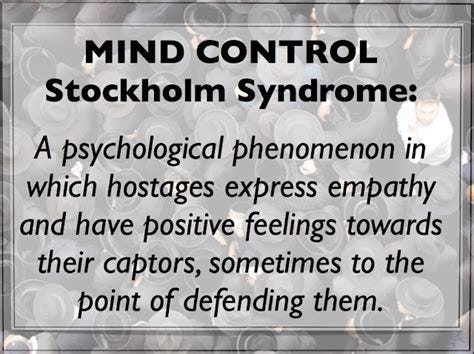
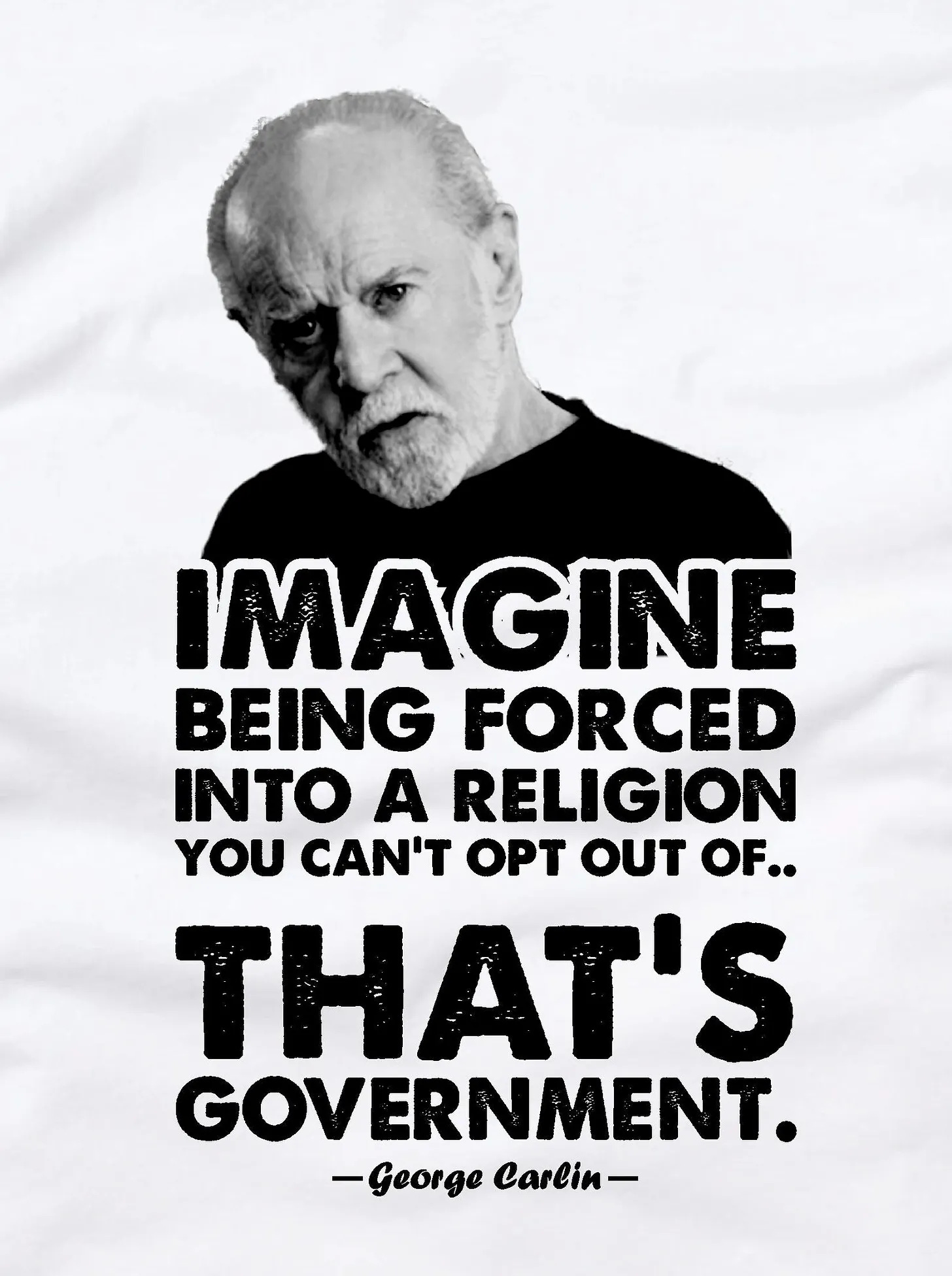

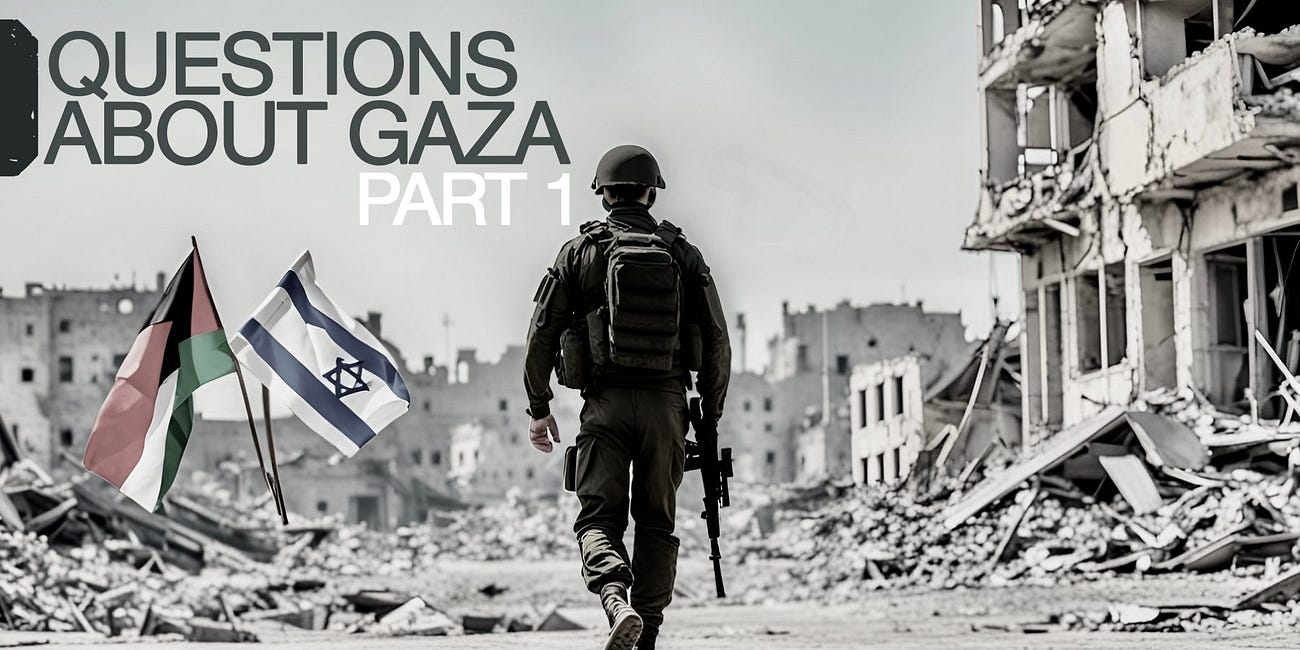

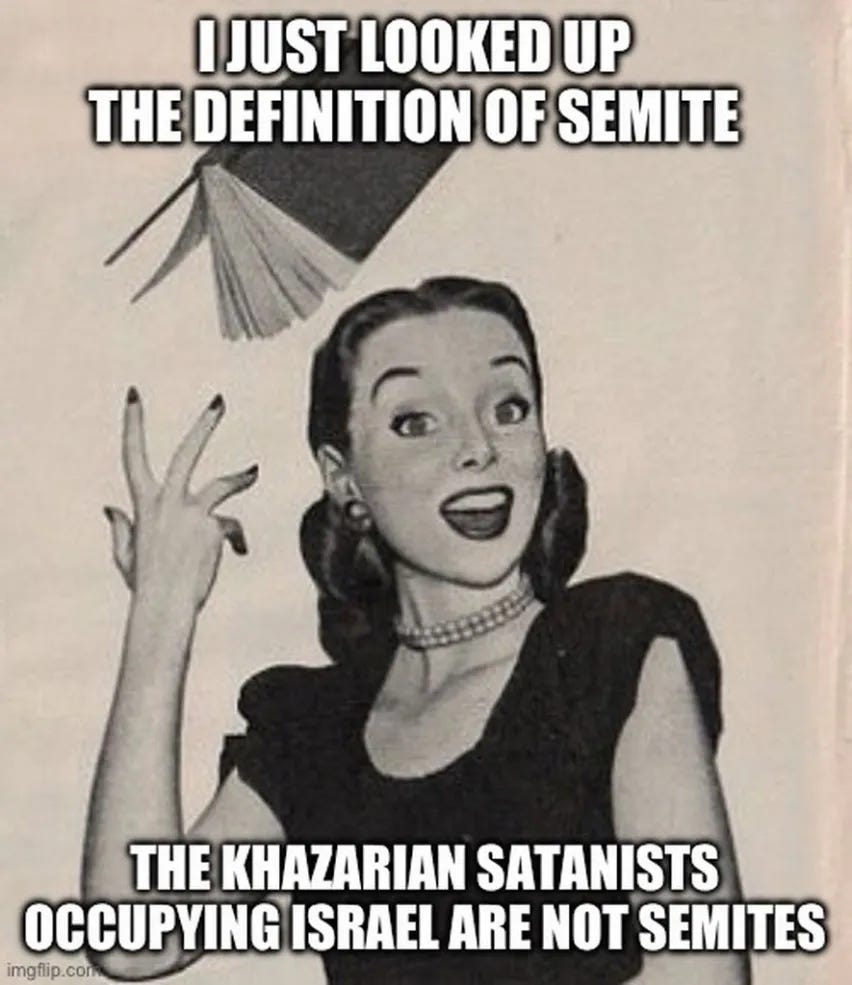
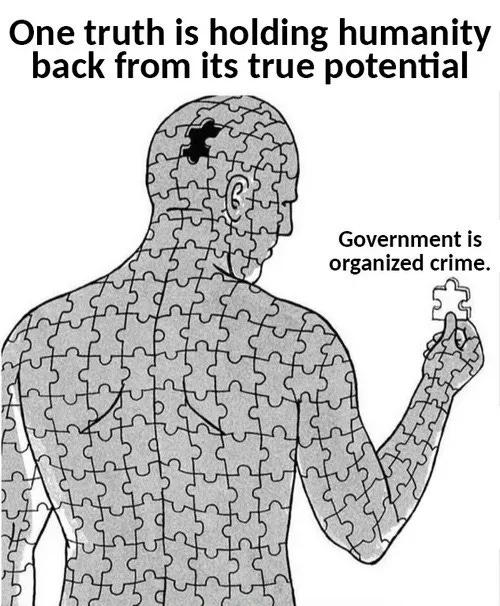
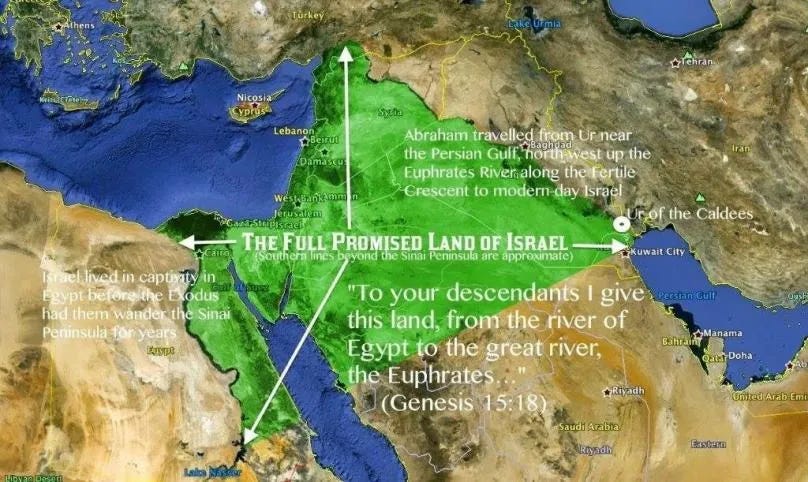


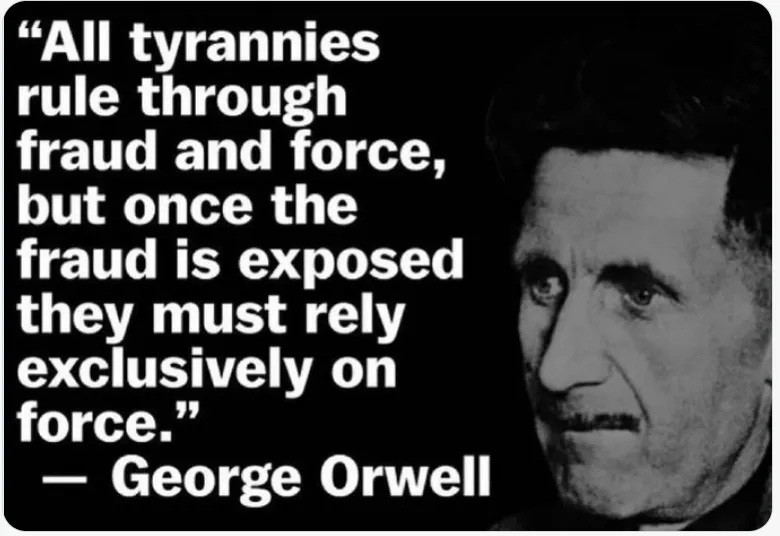
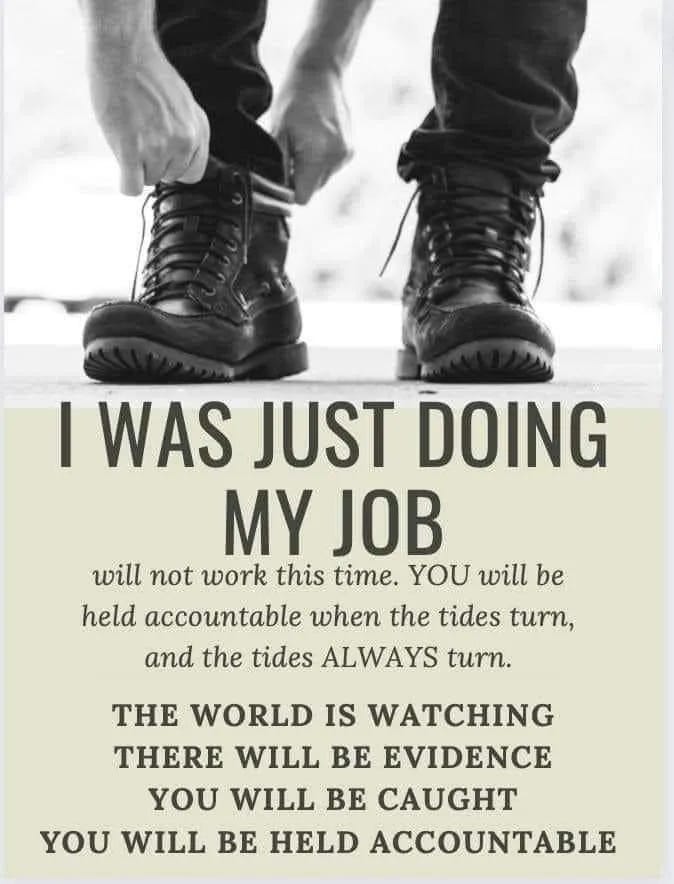
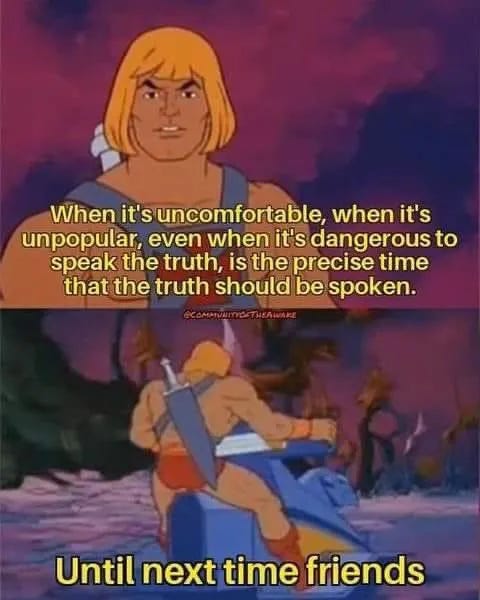
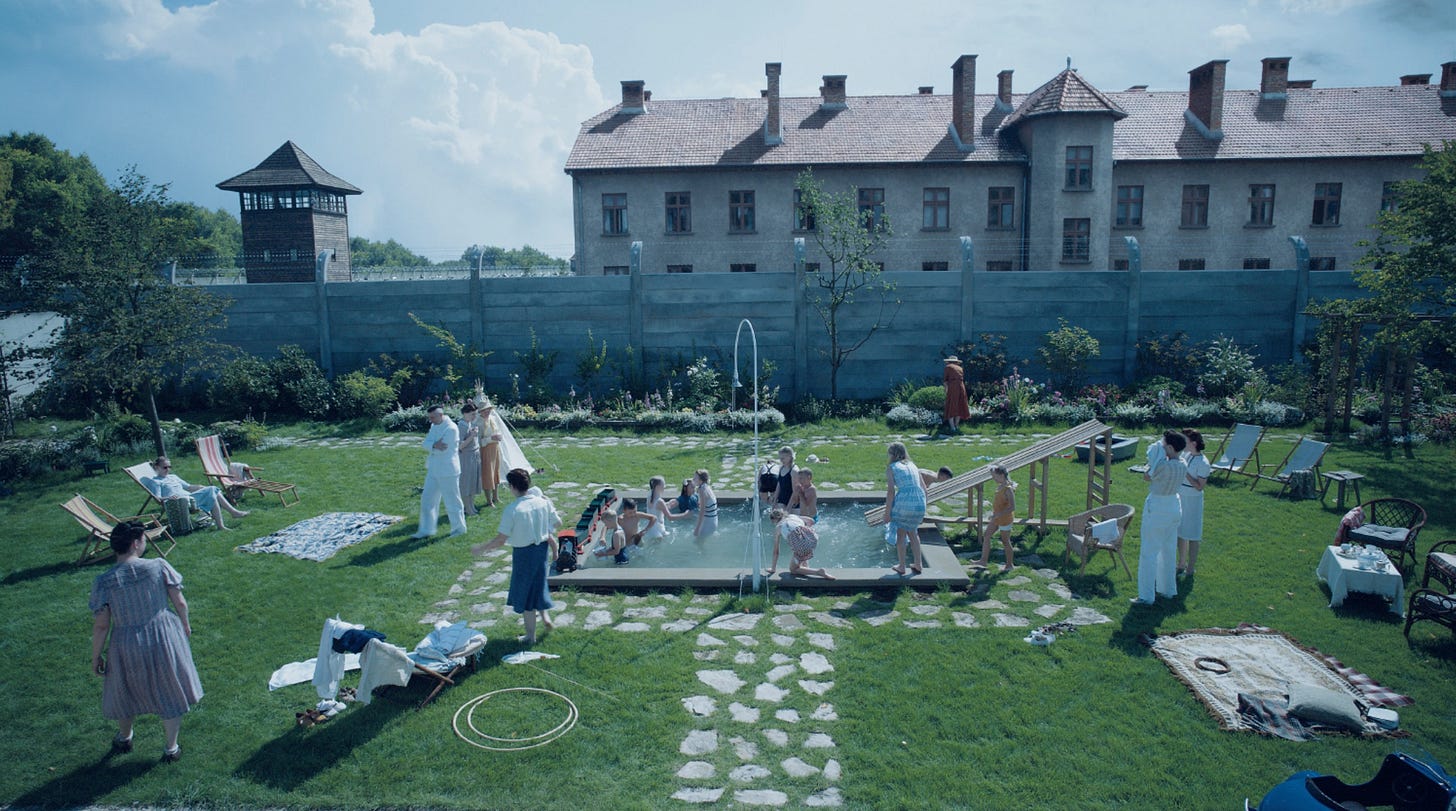

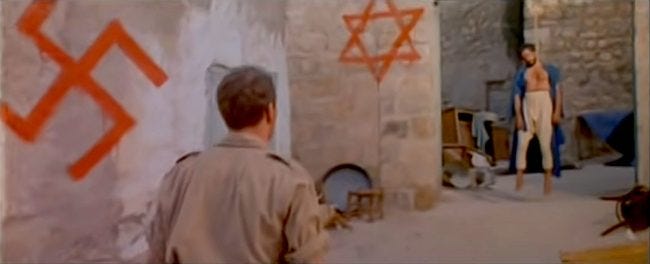
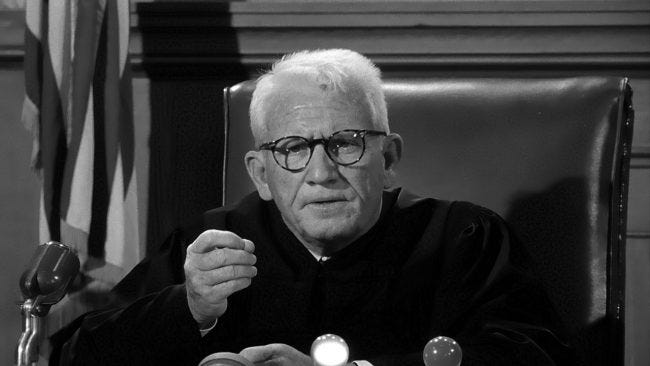

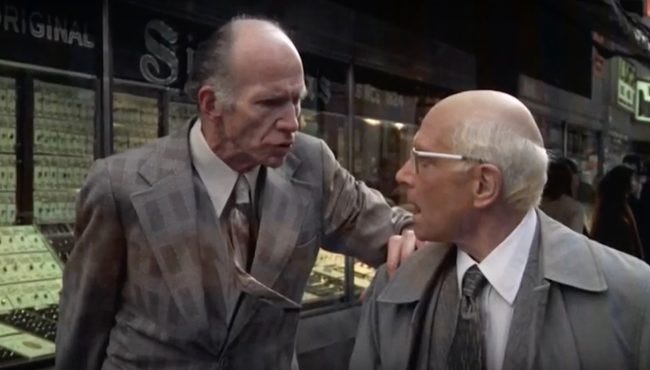
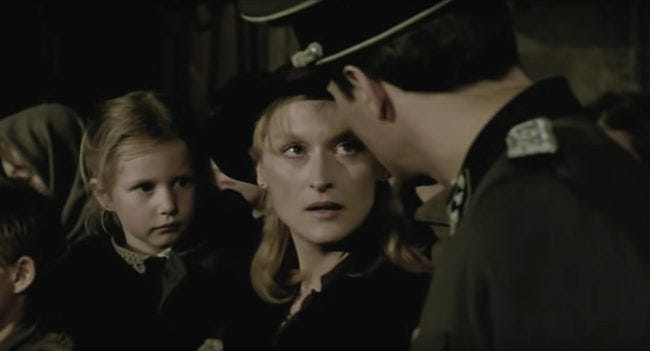

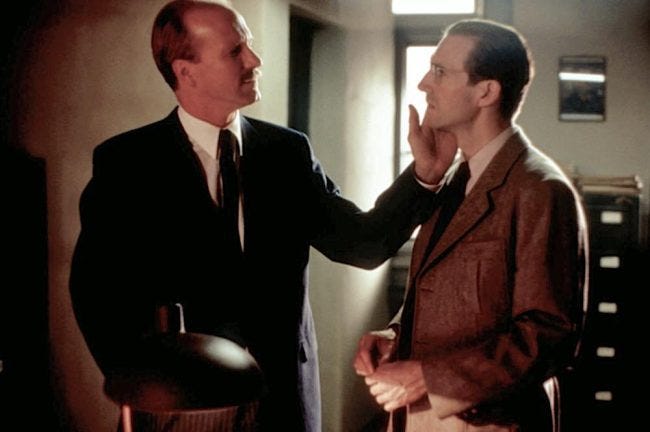

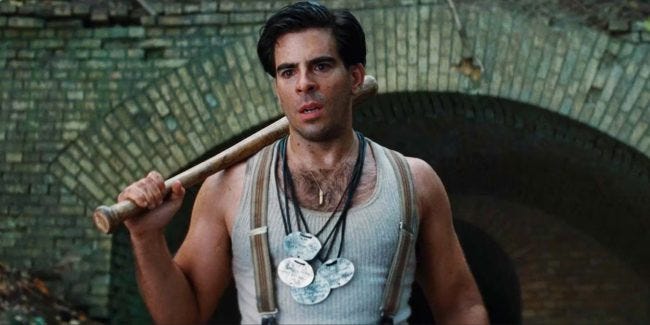
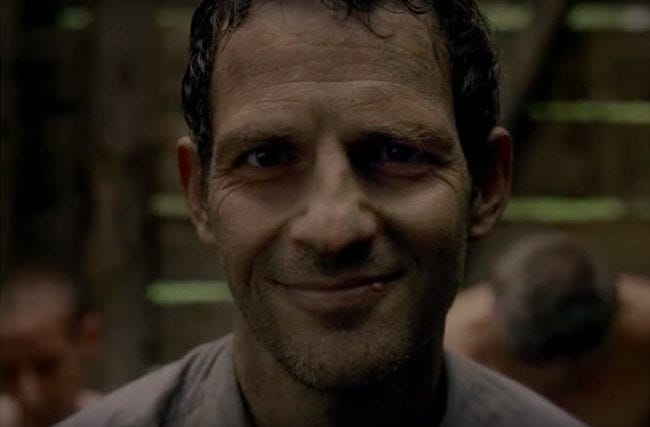
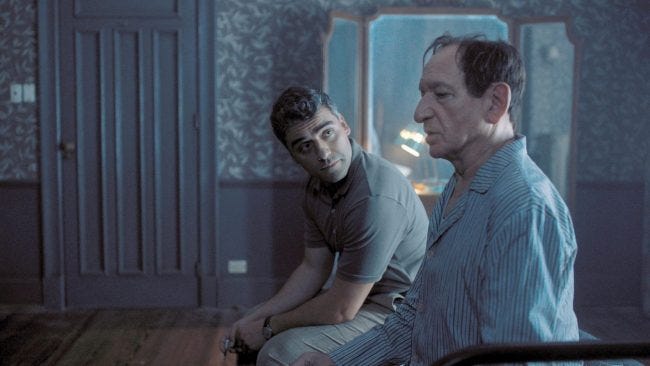
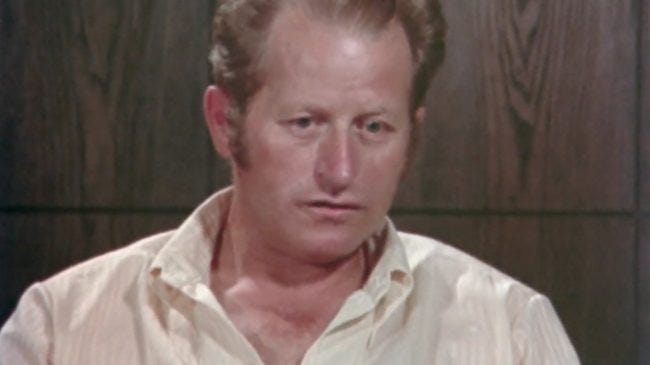
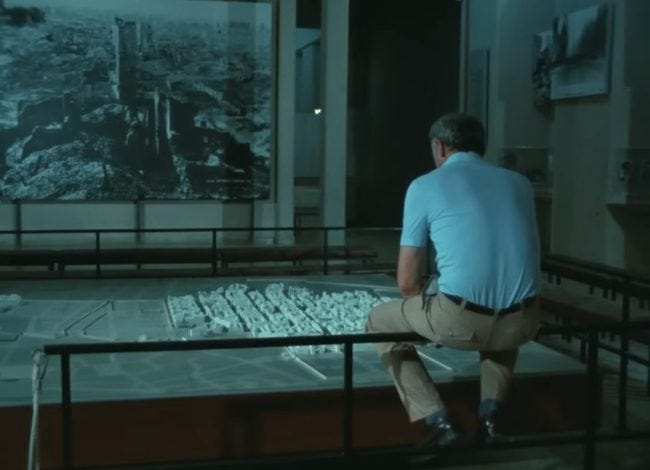
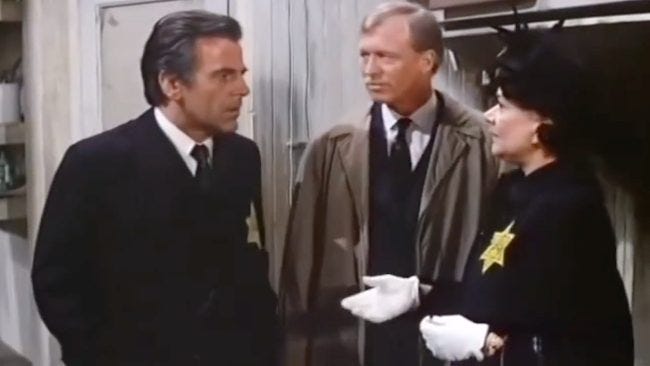
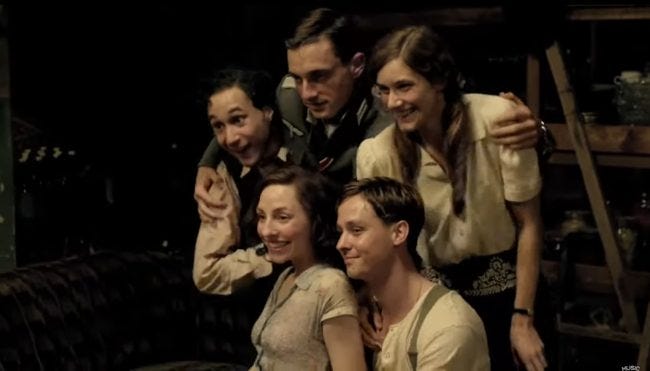

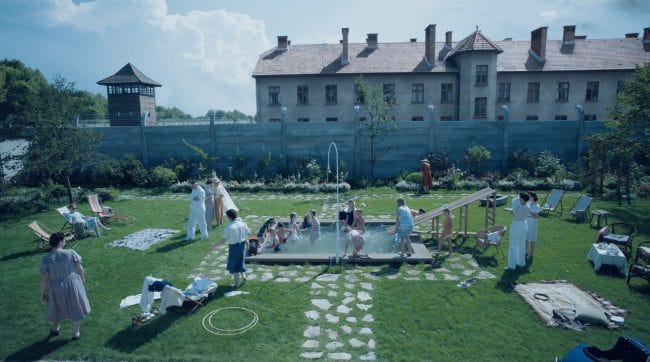
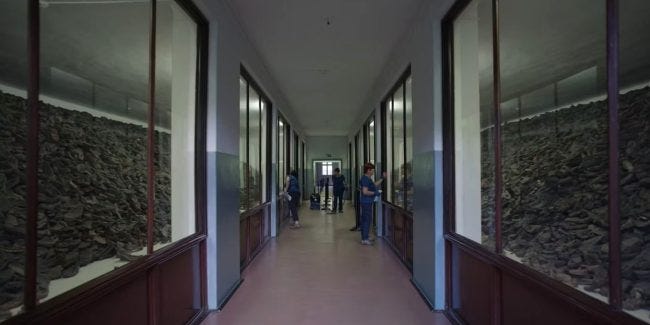
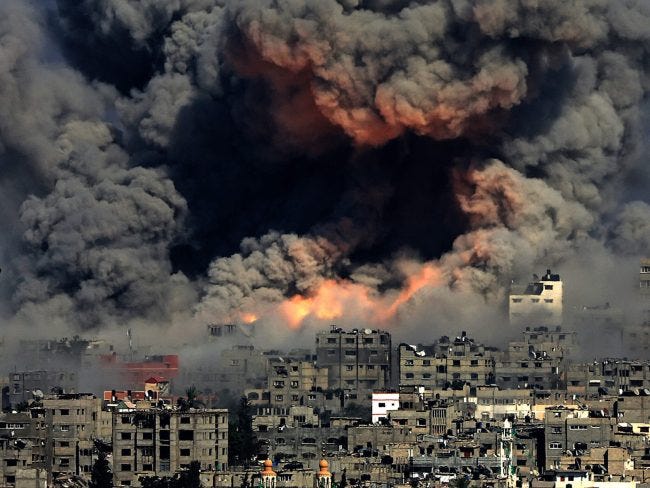
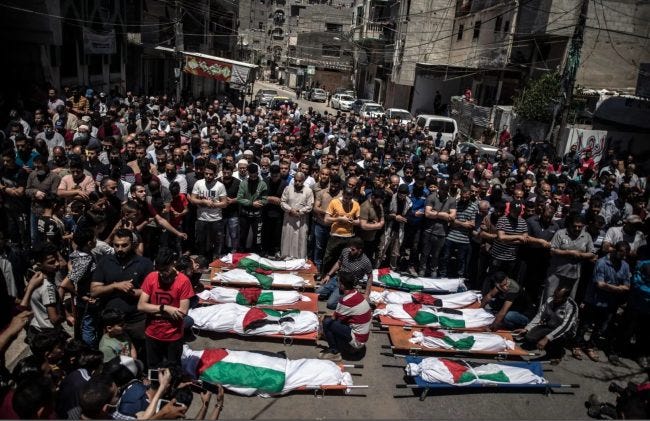
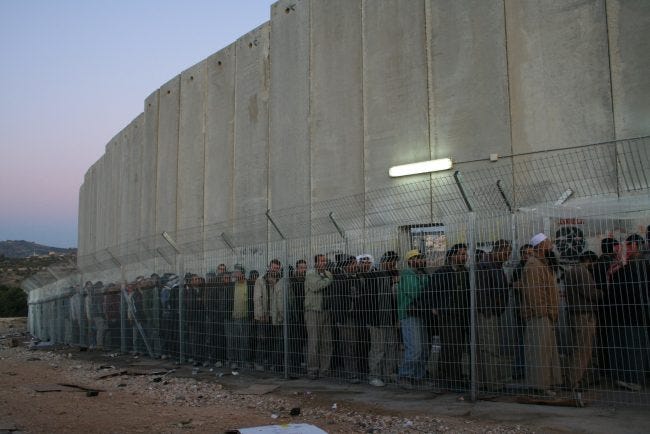

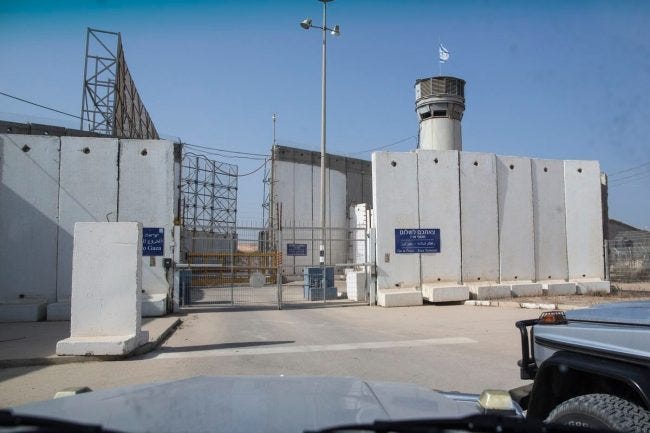


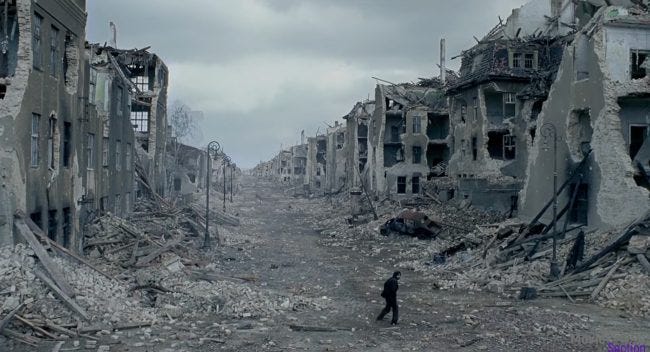
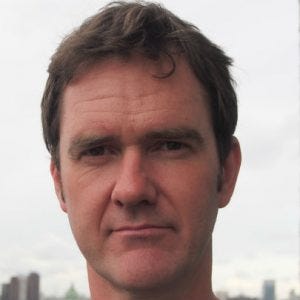
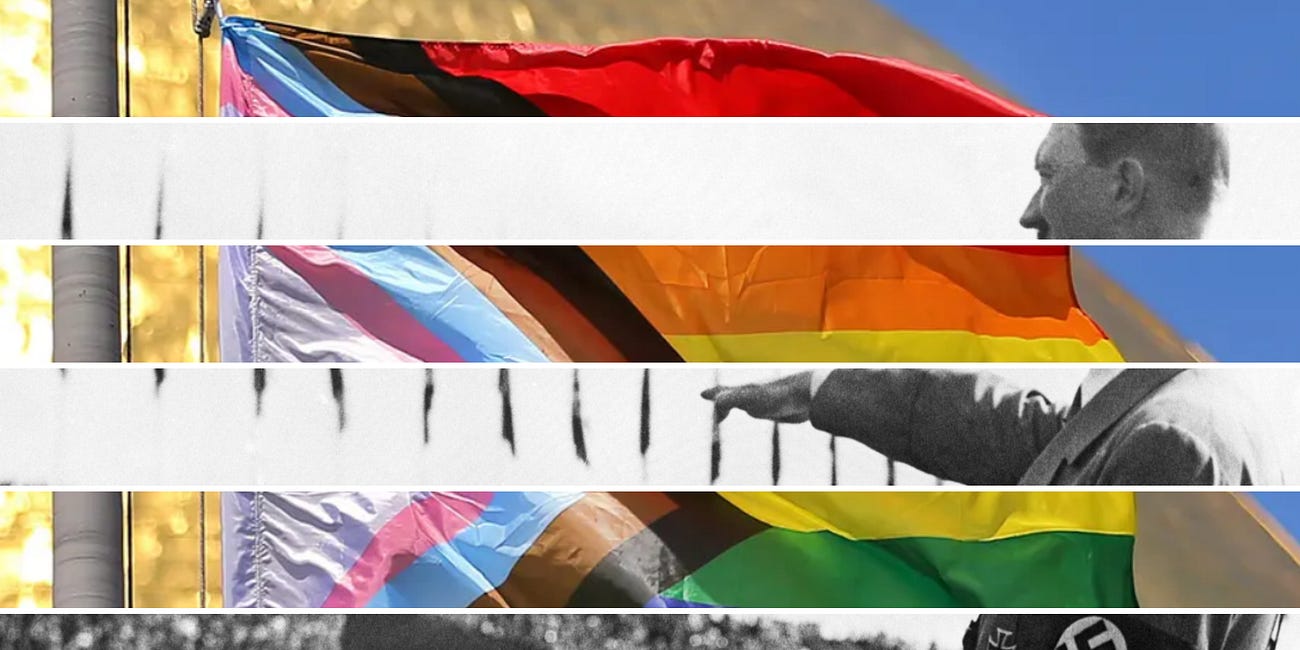
Zionism is antisemitic. The ruling class always deploys "fascism" to wage war against humanity.
His essay is very eye-opening. Thank you